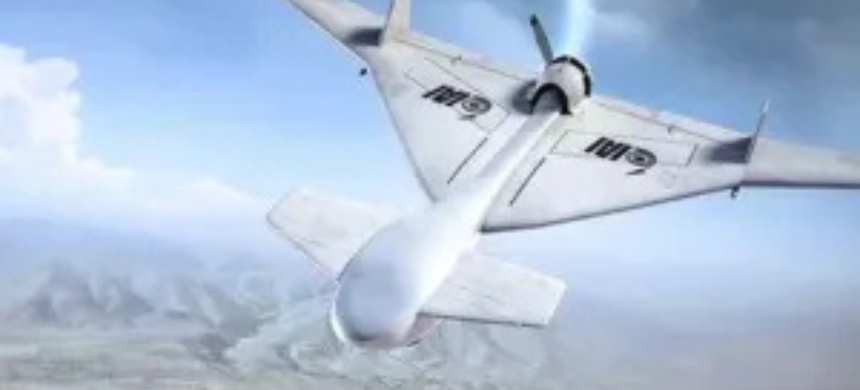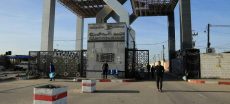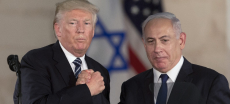India-Pakistan Drone Warfare Escalates After Kashmir Clashes, Sparking South Asia Arms Race
For the first time in their long-standing rivalry, India and Pakistan employed unmanned aerial vehicles (UAVs) at a significant scale during four intense days of combat in May, signaling a new chapter in regional warfare. The drone deployment followed a deadly April 22 attack in Indian-administered Kashmir that killed 26 people, mostly Indian tourists, which New Delhi blamed on Pakistan-backed militants—a charge Islamabad denies.
While the fighting ceased after the United States brokered a ceasefire, both nuclear-armed nations—whose combined defense spending exceeded $96 billion in 2023—are now locked in a rapidly accelerating drone arms race, according to 15 defense analysts, military officials, and industry insiders interviewed by Reuters.
India’s UAV Push: Major Investment and Rapid Trials
India is poised to triple its UAV spending to nearly $470 million over the next two years, according to Smit Shah of the Drone Federation of India. This comes after the government greenlit $4.6 billion in emergency military procurements. The Indian military is fast-tracking drone trials and demonstrations, bypassing traditionally lengthy bureaucratic hurdles, according to executives like Vishal Saxena from ideaForge Technology, a leading Indian UAV firm.
The Indian Air Force reportedly utilized a mix of Israeli HAROPs, Polish WARMATEs, and indigenous drones during the May conflict, carrying out precision strikes deep into Pakistani territory. The HAROPs—known as loitering munition or suicide drones—were particularly effective, though Pakistan countered some by deploying decoy radars and waiting for the drones to descend into range.
Pakistan’s Strategy: UAVs Over Fighter Jets
Cash-strapped Pakistan, with limited high-end fighter jets compared to India’s fleet, has turned to UAVs to minimize risk to personnel and equipment. Pakistani forces deployed up to 400 drones along the 1,700-km border during the conflict, using domestically produced Shahpar-II UAVs and Turkish-made YIHA-III and Songar drones.
These drone attacks allowed Pakistan to signal military strength without provoking full-scale retaliation, according to Walter Ladwig III, a political scientist at King’s College London.
To strengthen its capabilities, Pakistan is ramping up collaboration with China and Turkey, particularly through a joint effort between its National Aerospace Science and Technology Park and Turkish defense firm Baykar, which locally assembles the YIHA-III drone. One unit can reportedly be produced in just 2–3 days.
Drones vs. Vintage Anti-Aircraft Guns
Despite Pakistan’s large-scale drone offensive, Indian forces effectively countered many UAVs using retrofitted Cold War-era anti-aircraft guns, integrated with modern radar and communications systems from Bharat Electronics. This unexpected success underscores a major development in low-cost air defense tactics.
Risks and Strategic Shifts
Experts caution that while UAVs reduce the risk of escalation by limiting direct human involvement, their use in contested or densely populated areas increases the risk of civilian casualties and unintended conflict spirals.
Both nations claim operational success from the May skirmishes. India touted precision strikes on Pakistani infrastructure, while Pakistan said it hit Indian defense assets without triggering broader military responses.
Challenges: Supply Chains and Tech Dependence
Despite growth in domestic drone production, Indian manufacturers still rely heavily on Chinese components, including rare magnets and lithium for UAV batteries. This dependency is a strategic vulnerability, particularly in light of China’s alignment with Pakistan and its tightening of dual-use exports to other countries, such as Ukraine.
“Weaponization of the supply chain is a real concern,” said Saxena of ideaForge, emphasizing the urgent need for India to diversify its sources.
Conclusion
As both India and Pakistan scale up their UAV programs, South Asia’s military dynamics are entering a transformative phase. Drones are not only reshaping combat strategies but also prompting new geopolitical calculations, with both sides keen to assert power without risking large-scale conflict











